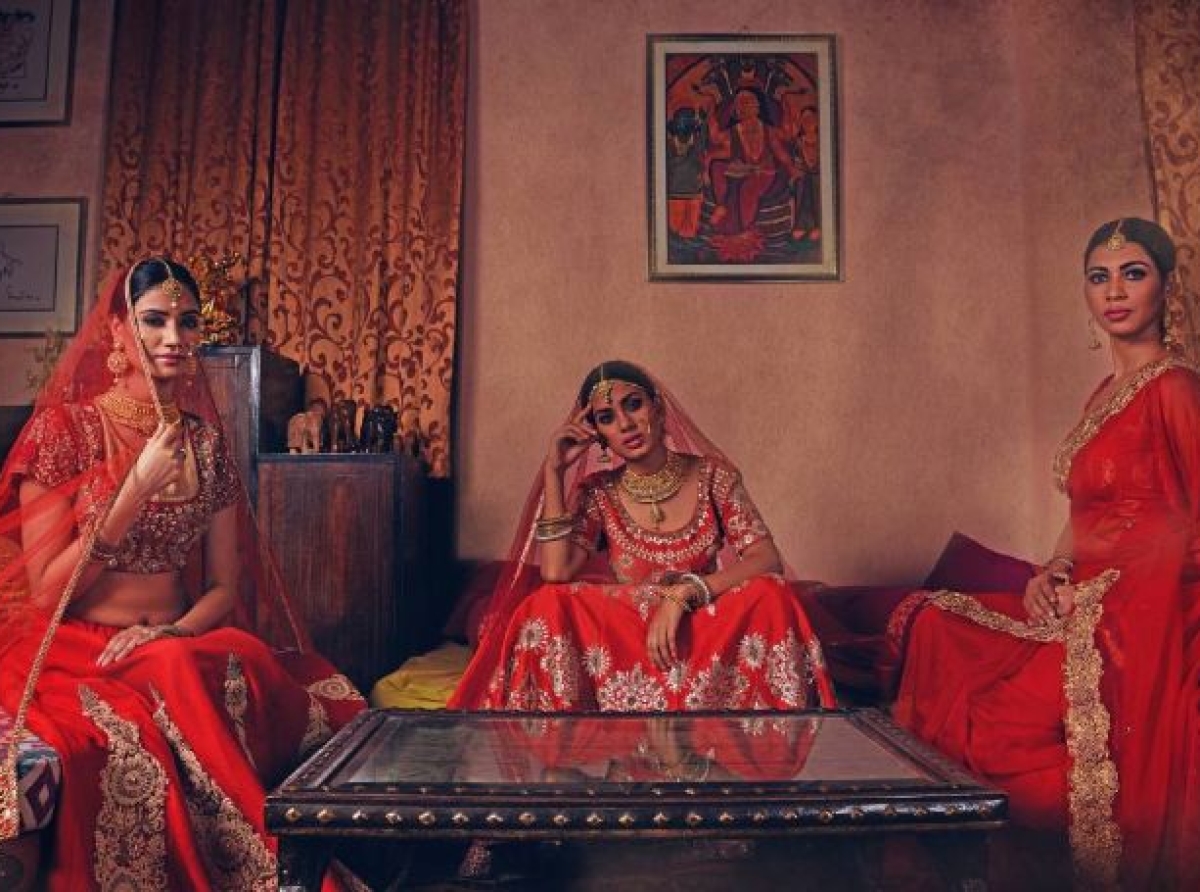01 November2022, Mumbai:
The Indian fashion market has experienced revolutionary changes surprisingly all within the last decade or so only. The Indian consumer preferences, likes & dislikes have undergone a complete transformation in lifestyle and, that is strikingly a visible fusion & blend of Indian, western elements & influences, let us say from the entry of numerous foreign fashion companies to the launch of promising homegrown labels.
Many would argue that the country's traditional ethnic wear fashion industry segment has resultantly suffered due to a rise in the Lower & upper middle economy strata and incremental exposure to global fashion trends. But increasingly it is been reckoned that it is far from the truth and existing reality of the day.
Market size
According to Statista report," The ethnic wear market in India was in excess of Rs. 925 billion way back in 2018, and it is projected to grow to whopping Rs. 1.7 trillion by the year 2023". Whilst The main growth drivers are viz. the shock/recession-proof celebrated Indian wedding industry, momentous lifetime events, traditional colourful festivals, and growing business casual/workwear culture and so forth.
Market Scenario
According to trade experts/consultants the domestic market, which is home to ethnic wear all-encompassing men, women, and children's wear range, is dominated by some of the leading brands such as celebrity wear Manyavar-Mohey, Meena Bazaar, Neeru's, W, Fabindia, and Biba just to name a few and many regional/zonal labels that closely follow these bulwarks.
What gives an edge to these prominent fashion brands is the pathway of an innovation-led approach, supply chain collaborations, effective communication, and trendy/catchy looks at pocket-friendly pricing points to help them stay competitive.
The common observation is that usually women between the age group of 16 and 50 definitely prefer ethnic apparel/clothing the most. Again ethnic wear somehow has been selling more out of physical outlets because given the nature of this clothing and the actual fashion aspect around it the experience of the product/touch and feel is quite essential.
Another interesting piece of observation is that ethnic wear seldom goes on discounted/off-price sales. Quoting Siddharth Bindra, managing director of Biba India, alluding, "Our valuable clients today have specific established tastes in mind. Thus, it is very crucial that they get what they are searching for when they enter our store."
Changing trade landscape
Over the past several years, the sector has seen a change due to the explosion of ethnic wear-related online retailers and technological advancements in product & design development.
What today we have strongly started to see is the emerging trend of the buying of readymade apparel/prepared clothing definitively shifting to purchasing bespoke apparel/clothing where every season is surprisingly better than the previous one.
Whereas, women's buying pattern too is undergoing changes usually they used to buy fabric and then have their ensembles fashioned by the neighborhood tailor/masterji giving a perk up to this megatrend.
Demography of India
The article gets readers a very insightful view of delving into interesting demographics India has; as the significant population of India is constituted by youngsters and the youngest median age.
But that is not the point, the point here is that improving economic prosperity in this nation which now is getting more and more industrialized and, having moved recently to the fifth largest economy rank globally with around 2000$ per capita income, pretty assuringly it boasts of one of the biggest consumer markets currently within developing countries. The rise of social media
Another supportive factor is the youth's purchasing power has grown remarkably due to the rapid reduction of the age-dependence ratio, which has also risen considerably with the overall spending/expenditure on apparel/clothing gone up.
Notably, living in the social media era young people are greatly brand-conscious and trend-oriented/quick to adopt fashion trends due to the sustained exposure they have been receiving on day to day basis through the liberalized internet and the globalized media, ushering in creating hitherto unheard-of chances for retailers and brands alike operating within this sector.
Unfolding Trends
The acceptance of and desire for fusion ethnic apparel, where mix-and-match designs have emerged and entirely altered the market, are increasing. Fusion wear can range from simple jeans and Kurtis to saris, crop tops, lehengas, blouses, and T-shirts.
Top competitors in the space, some of which are direct-to-consumer, tick all the millennial marketing boxes: functional apparel/clothing that prioritizes comfort, fusion wear, ethnically diverse women with a range of body shapes, and engaging social media advertising. Their message emphasizes grace, empowerment, and accessible fashion all at once.

























